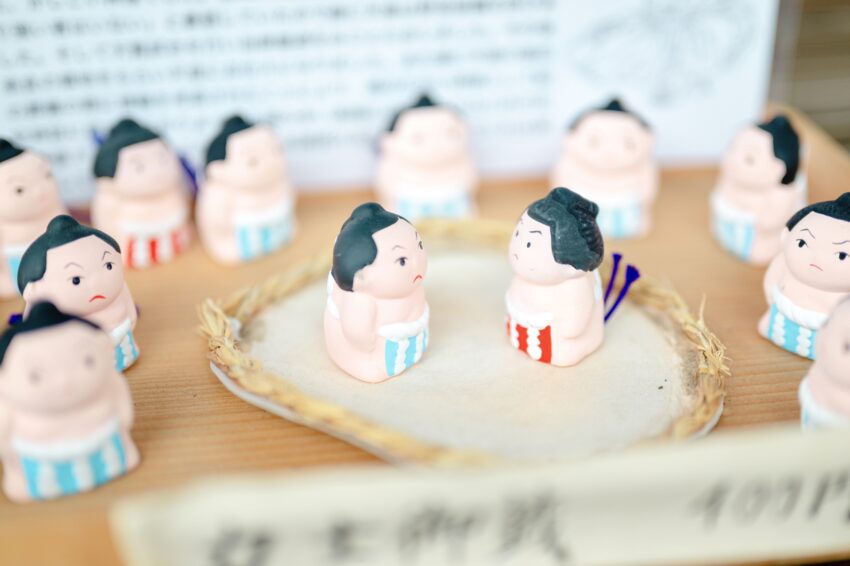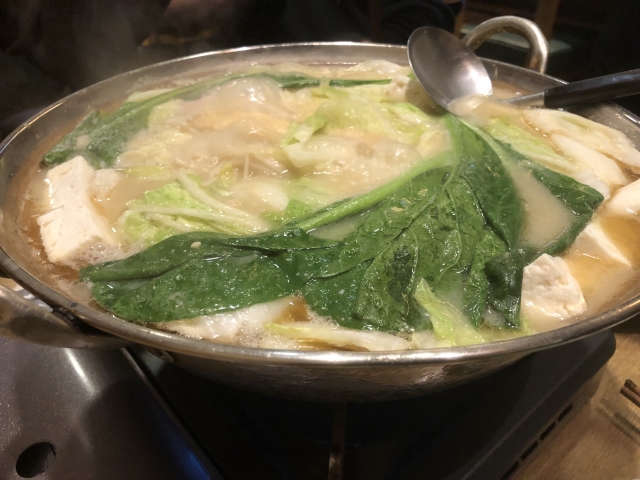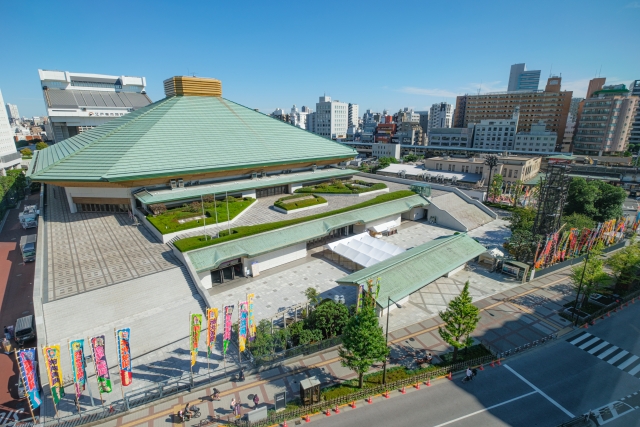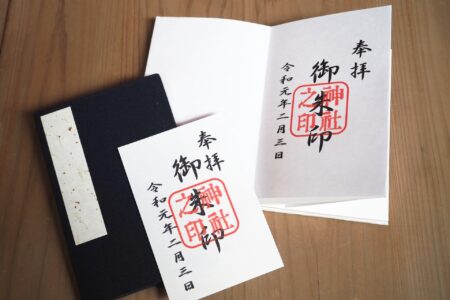Sumo: Clash of Titans

Top photo: Photo by TOMOYA10002さん on PhotoAC
What’s the first thing that pops into people’s head when they think of Japan? Sushi, probably their favorite anime, maybe ninjas, and of course, sumo wrestling.
Sumo is the national sport of Japan. But it’s a bit unfair to call sumo just a sport. It’s a way of life. Thousands of years of traditions and culture come together inside a small ring and clash into each other headfirst. It’s a magical sport. So many people think about sumo, but too few really know what it is, and even fewer would ever attend a match in Japan. I hope I can change that.
The Basics
First, let’s look at the rules of sumo. This is pretty simple because there are not a whole lot of rules. Two men meet in the ring. The match starts when both men touch their hands to the ground. The match ends when something other than the bottom of their feet touches the ground or either is thrown out of the ring.
Beyond that, almost anything goes. Sure there’s a few illegal moves: no punching, no eye gouging, etc. However the only thing the wrestlers ever try to get away with is hair pulling. There’s too much honor in sumo for then to act dirty.
There’s also no weight classes. Putting on bulk tends to be the best strategy, which is why some wrestlers are over 200 kg. But even at the highest levels, there are surprisingly slim fighters who refuse to get pushed around. I would hesitate to call any sumo wrestler ‘fat’. A few may sport a huge stomach, but there’s nothing but muscle underneath. They are true warriors. Some just enjoy the chanko – the delicious and filling soup all trainees consume by the gallon – more than others.

Photo by 山西ワークス
The Traditions
Before each match is an extended ceremony. These are quite a bit longer than the matches themselves. Sumo is all tradition, and everything they do has a meaning. The wrestlers enter with beautiful designs hanging from their mawashi (belts). They cleanse the ring by throwing salt and cleanse themselves by drinking chikaramizu, literally “power water.” Then they practice the starting position in an extended warm up before the match.
I’ll be honest with you, some of these ceremonies are pretty boring when you first start off. That’s understandable. As you grow to know the different sumo wrestlers and learn about their different approaches and personal rituals, you’ll have more respect for these. Feel free to tune out, but pay attention to the gyoji (referee). If he is facing to the side, it’s still warm up time. When he faces the two wrestlers, it is about to start for real.
The Rankings
The true meat and potatoes of sumo comes in the ranking system. The ultimate goal of every wrestler is to climb up the ranks. If they win most of their matches, they rank up, and if they lose too much they go down. There’s six separate divisions in sumo, with wrestlers ranked numerically within them. The top division is called makuuchi and the next is called juryo.
The bottom four are only followed by the most hardcore of sumo fans. These are where the prospects fight. All you really need to know about those are 1) they only fight in a best of seven series, and 2) these guys are not paid. So they want to get out of those ranks as fast as possible.
In the top two paid ranks, they fight 15 matches over the course of one basho (tournament). If someone goes 8-7 or better, he ranks up. There are only wins and losses, and even injuries count as a L. Once a wrestler fights his way to the number one spot of the number one division, there’s a few special ranks. First, from lowest to highest, are komusubi, sekiwake, and ozeki. Then, if a wrestler displays consistent strength and can still win as an ozeki, they will be promoted to the highest level, yokozuna. Only 73 warriors in history have reached this level, but this is the ultimate goal.
The Experience

Photo by せき散歩
The current yokozuna – Terunofuji – had quite the journey. While he reached the ozeki rank, injuries and other problems made him drop out of the paid divisions. Usually, when a veteran falls back like this it’s a sign they need to retire. But Terunofuji fell even more. He dropped all the way to the very bottom division. That’s when the fighting spirit kicked in. He came roaring back and ascended the entire mountain, becoming a near unbeatable champion. This is considered one of the greatest comeback stories in any sport.
If you want to watch Terunofuji or the other wrestlers, it’s actually quite easy. There are six bashos a year, starting in January and going every other month. They all last for 15 straight days, starting and ending on a Sunday. NHK is the television provider for sumo events – they have bilingual broadcasts and a pretty in-depth beginner’s guide on their website. There’s plenty of great YouTube channels as well, some editing the long day into 15 minute videos.
And then going to the match is also a great experience. Three of the annual bashos are held at Tokyo’s famous Ryogoku Kokugikan, while the other three alternate between Osaka, Nagoya, and Fukuoka. They also recently restarted one-day traveling exhibition shows during the off-season. While it can be difficult to get a ticket on the final two days, it shouldn’t be a problem picking up a midweek show. Just be warned, the first floor has traditional-style floor seats.
I hope everyone can enjoy watching sumo. Who will you be cheering for?
Photo Credits:
Top photo: Photo by TOMOYA10002さん on PhotoAC
Additional photos by 山西ワークス and せき散歩
All other content (text) created by the original author and © 2023 MUSUBI by Borderlink
RELATED
-

At A Glance: American Football In Japan, USA Style
Top photo: Dave Adamson on Unsplash Are you living in Japan? Do you like American football? If you’re i… -

Cosplay Culture Shock
Top Photo: suiraさん on PhotoAC Cosplay was a whole new world when I first came to Japan compared to the U.S. If… -

Discovering Goshuin
Many of us have had a chance to visit either a local shrine or a temple in the course of our stay in Japan; be…
PEOPLE

Jeffrey Browning
From the USA
Has been watching sumo since the great Hakuho was crowned Yokozuna in 2007!


